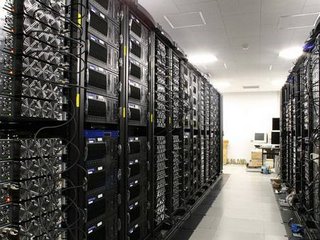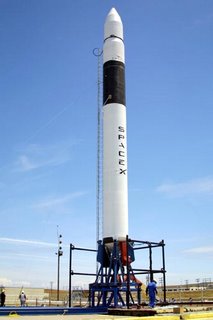
There was an ongoing discussion on the UP Astronomical Society e-group about the upcoming vote on the classification of Pluto as a planet by the International Astronomical Union. Apparently, according to Bamm, one of the members, the Philippine representative to the IAU, Dr. Cynthia Celebre, has been consulting the local astro community regarding the issue. IAU will vote on the issue in August, and the Philippines will have a vote in the General Assembly.
The problem with this issue is that there is no clear definition of what a planet is . Originally planets include the seven bodies visible to the naked eye, including the moon. The standard definition now is: a planet is an accreted body orbiting a star (and small enough to not trigger a thermonuclear fusion reaction on itself), but almost all of the bodies orbiting the sun could fall into this definition. For a long time now the designation of a planet has been somewhat arbitrary.
For me what Dr. Celebre should consider and ask the Filipino astro community is: What should be the scientific definition of a planet. If the IAU can settle this (as it promised to release a ruling on this one in September), then the issue on Pluto (and the classification of all other subsequent bodies discovered or to be discovered in the future, like Sedna and Xena) will be settled as well.
 I had a change of heart and decided to once again to participate in the SETI@home project. I now participate in three grid computing projects: Einstein@home, which aims to search for pulsars using data from the LIGO and GEO facilities, Rosetta@home, which investigates protein folding, and SETI@home, which looks for signals from little green men. SETI@home analyzes signals recorded by the Arcecibo radio telescope.
I had a change of heart and decided to once again to participate in the SETI@home project. I now participate in three grid computing projects: Einstein@home, which aims to search for pulsars using data from the LIGO and GEO facilities, Rosetta@home, which investigates protein folding, and SETI@home, which looks for signals from little green men. SETI@home analyzes signals recorded by the Arcecibo radio telescope.










